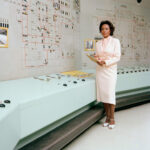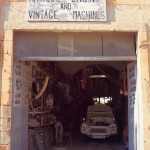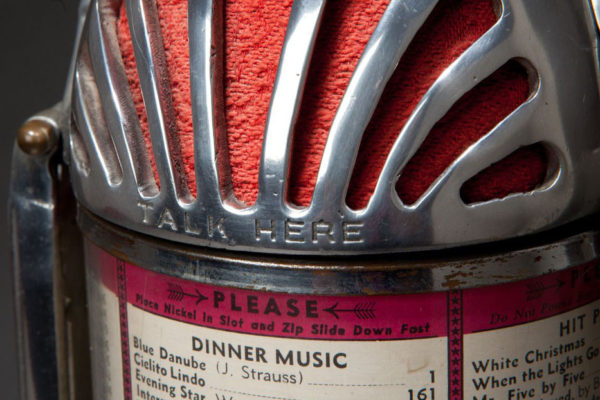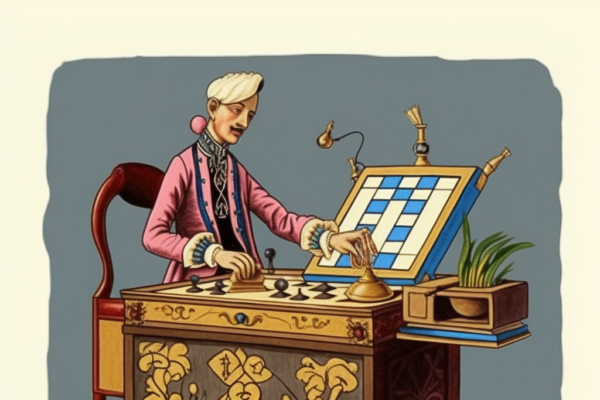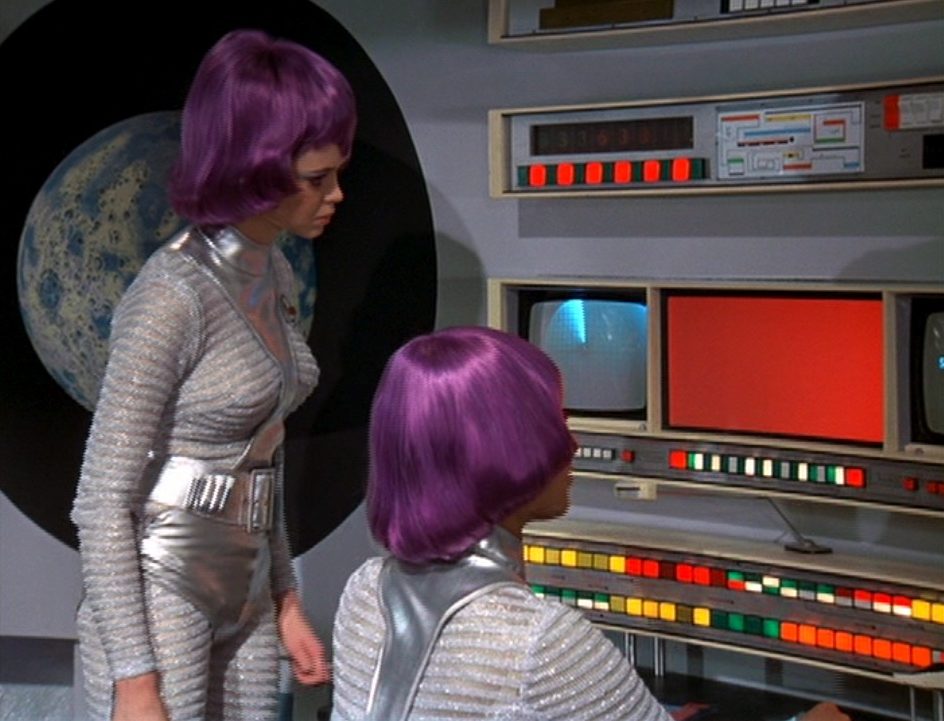
I think we can all agree that buttons are extremely satisfying to push. But with our touchscreen smartphones, tablets and all the interactive technology we use today, it seems the only buttons we’re pressing lately are those of our nearest and dearest. And I’m not just talking about those sad little keys on your laptop keyboard– I’m talking about those big, chunky, tempting (quite often red) buttons that you simply have to press or else you might just self-destruct. I miss buttons! Of course the internet knows what I mean, and has plenty of vintage control panel nostalgia to gaze at. And so without further ado, in praise of buttons, dials, toggles and bulbs, I present to you today’s brief compendium…
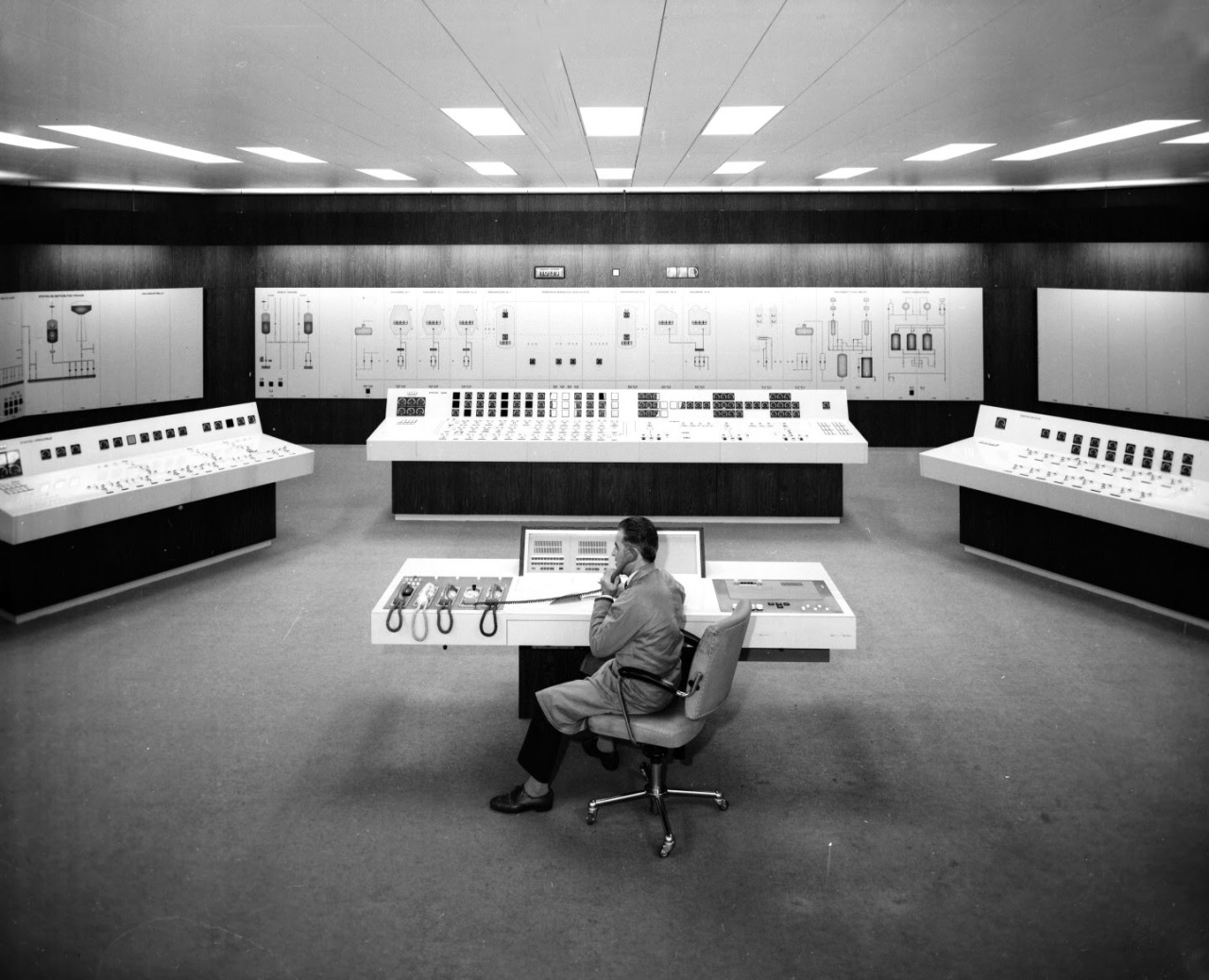
CERN Electricity control room in 1970. (Source)
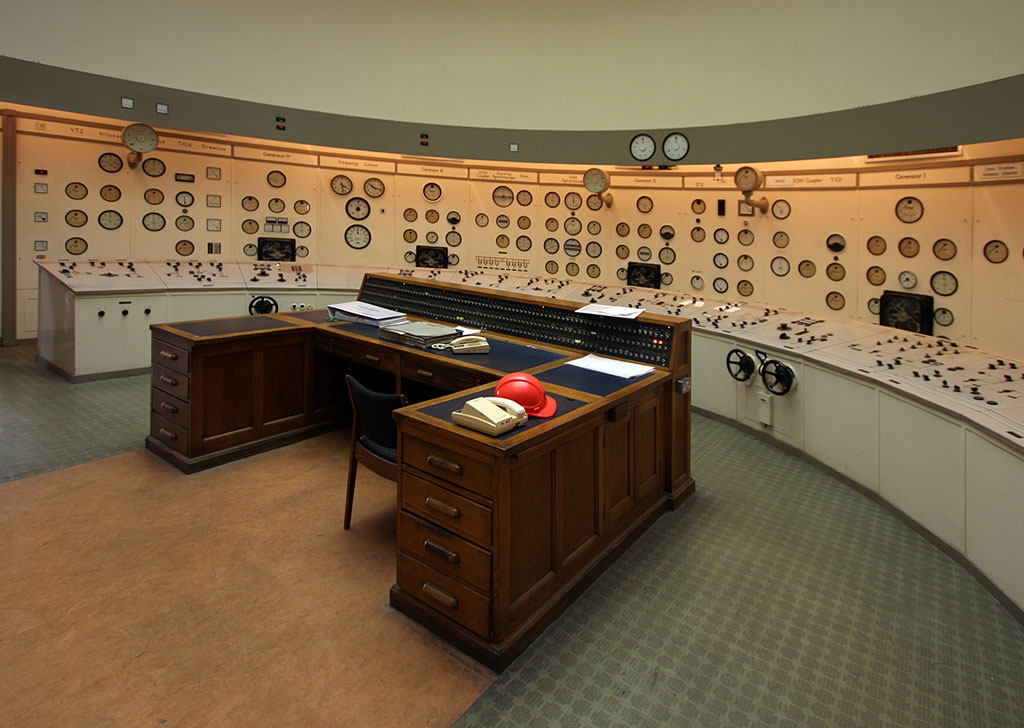
The control room at the Ardnacrusha hydroelectric power station, recently taken out of use. Generation is now controlled remotely, but the Siemens built 1929 vintage equipment remains in situ. (Source).
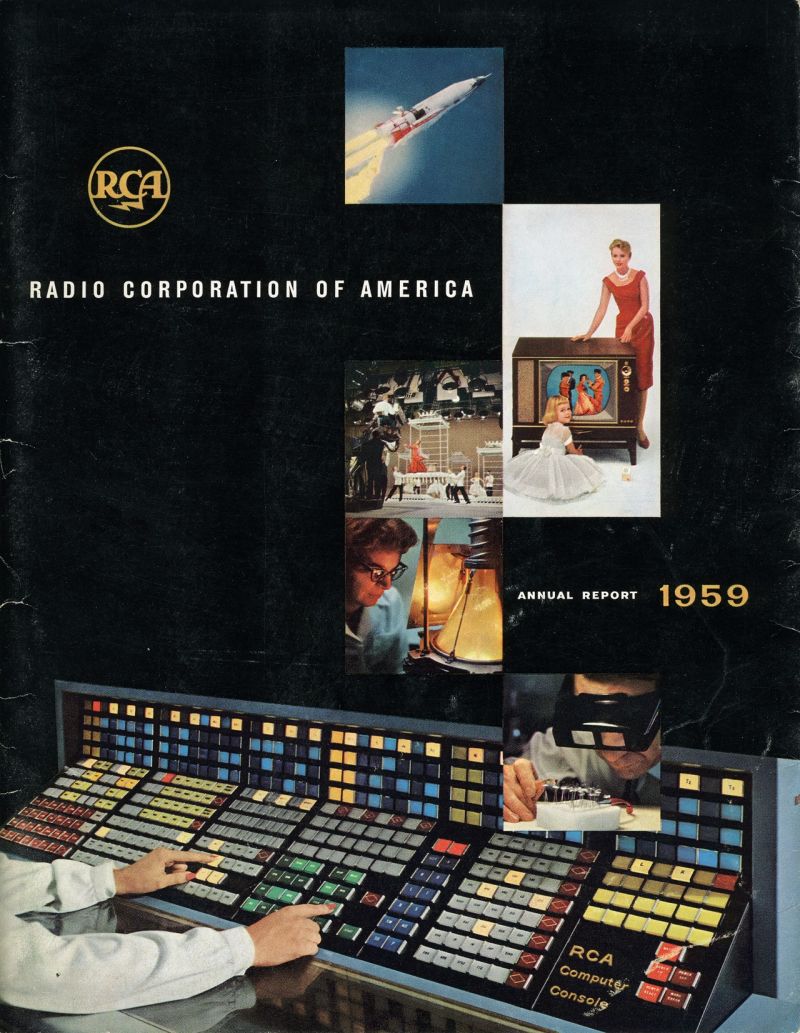
1959 RCA Annual Report (Source)
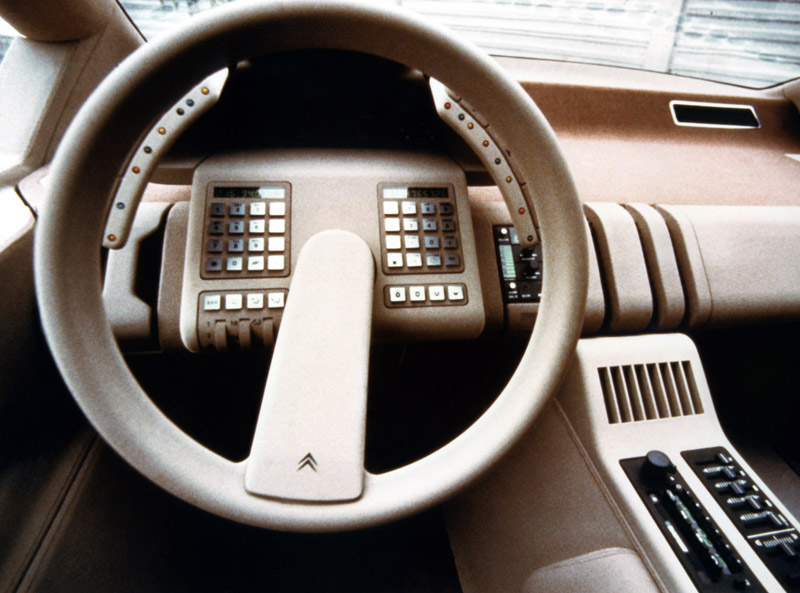
Citroen Xenia Concept car, 1981, envisaged as a GT for the year 2000. (Source).
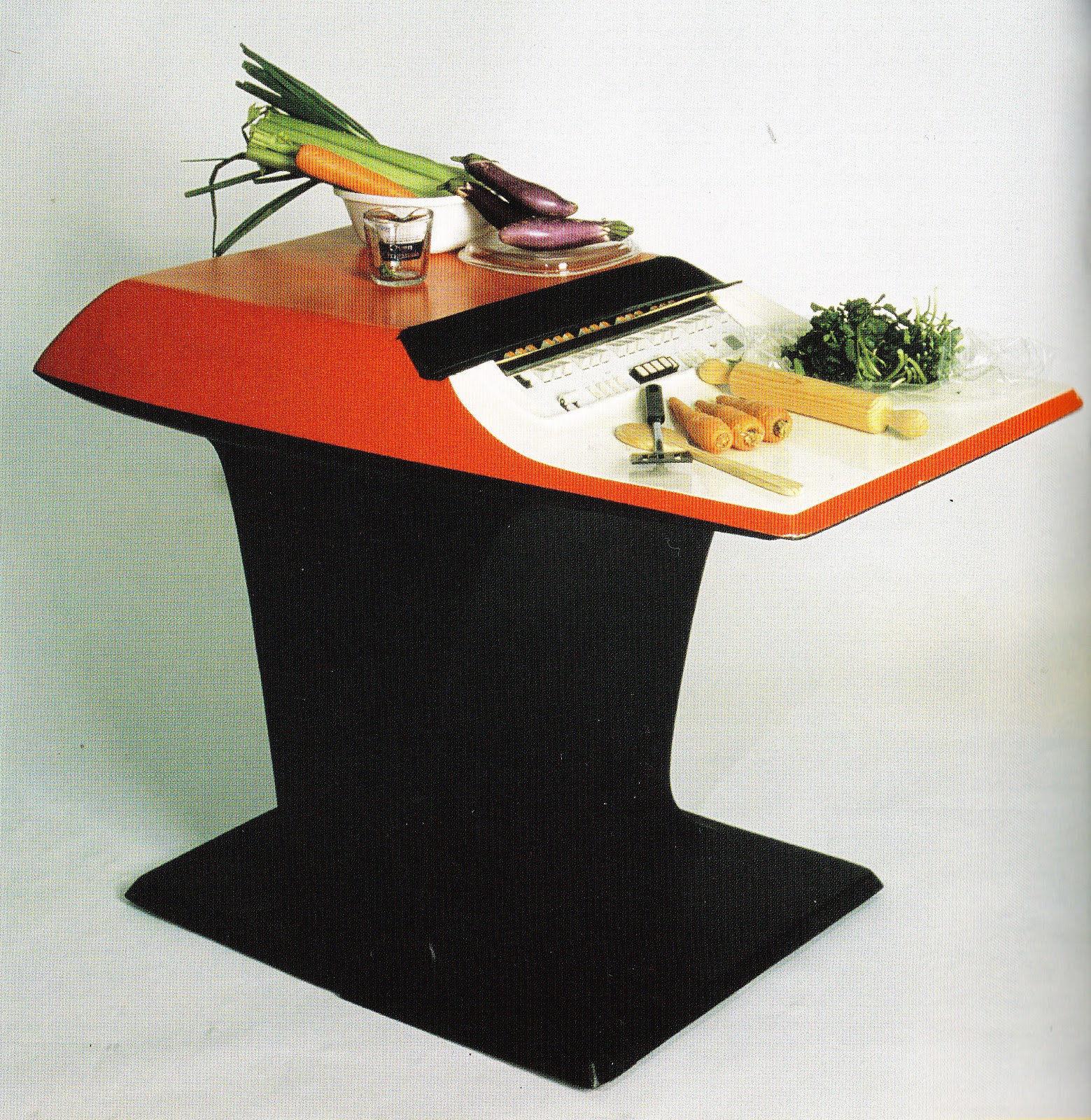
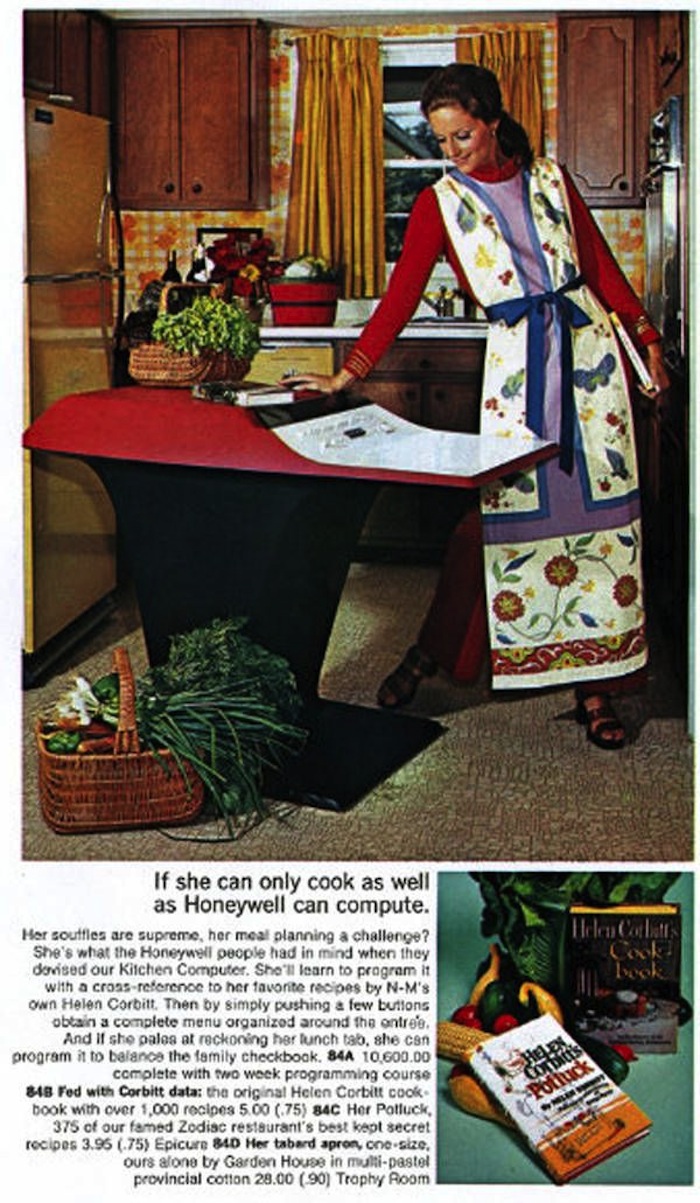
The Honeywell Kitchen computer cost $10,000, weighed 100 lbs and required someone with a master’s degree in computer science to install and program it. Not surprisingly Honeywell failed to sell any of its Kitchen Computers when they were advertised in 1969. (Source)
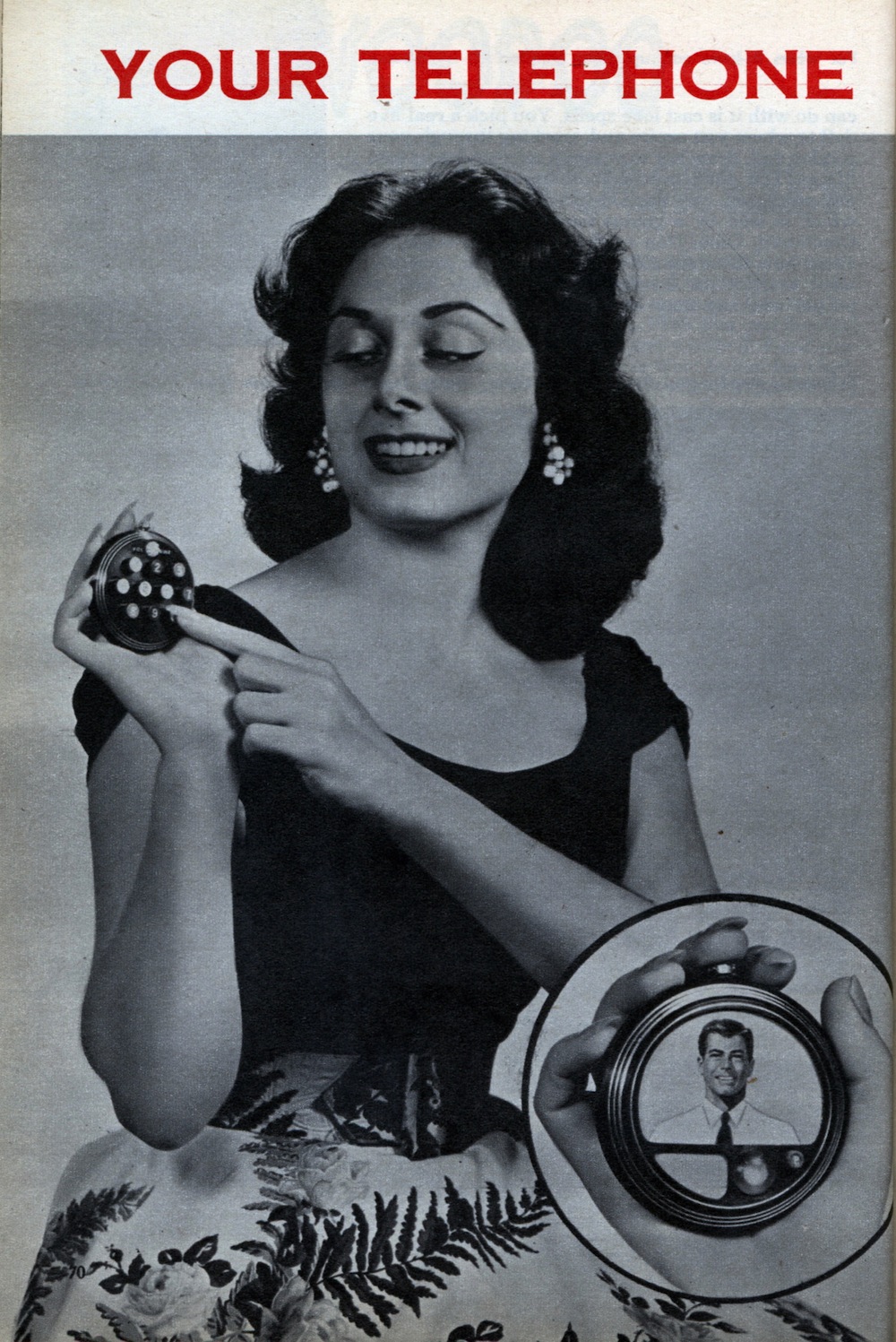
This photograph comes from a magazine article published in 1956 about the future of phones talks about audio/video data compression and voice recognition as well as a touchtone, colour videophone that you can watch TV on. (Source).
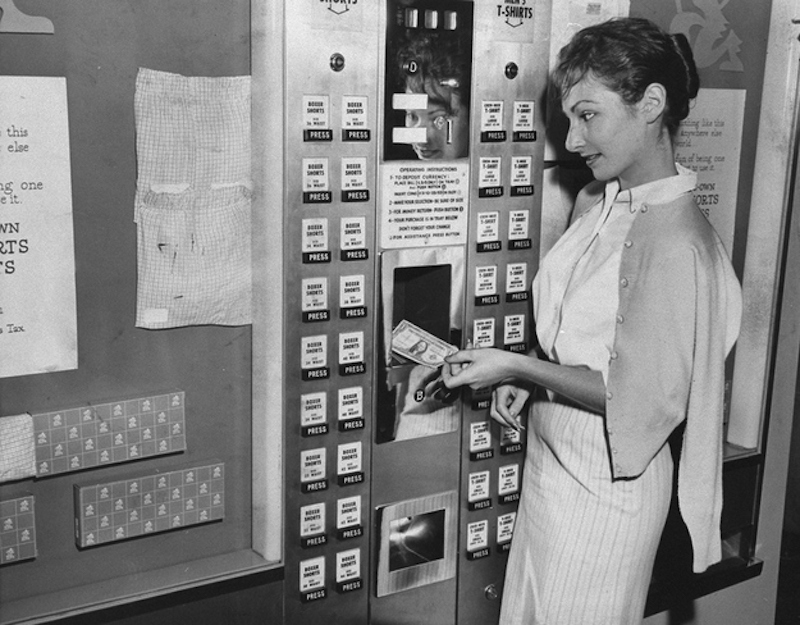
A Macy’s vending machine that sold men’s shorts for only 97 cents. (Source)
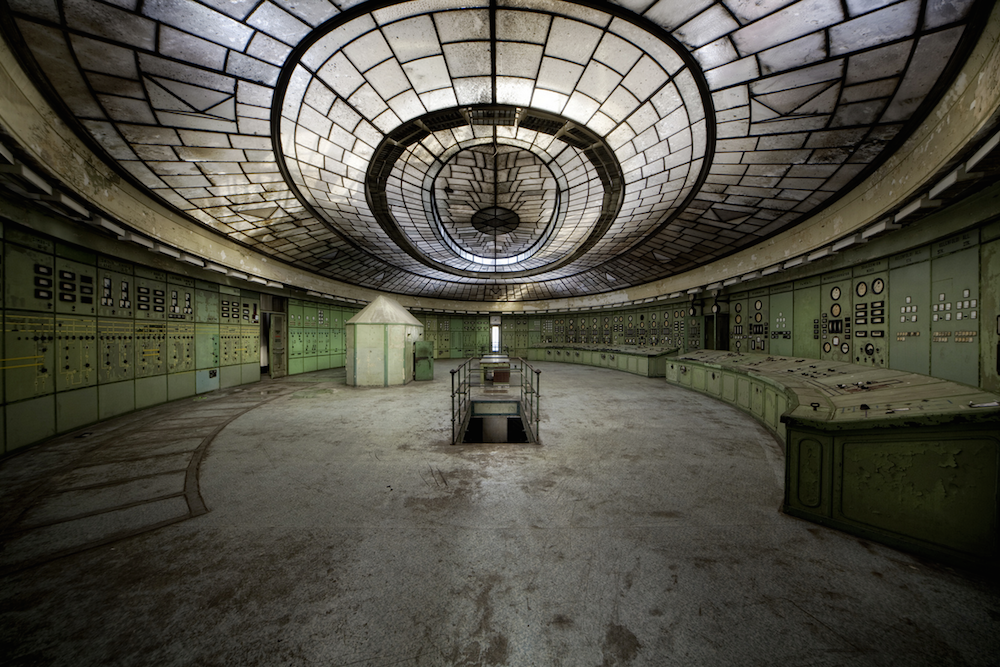
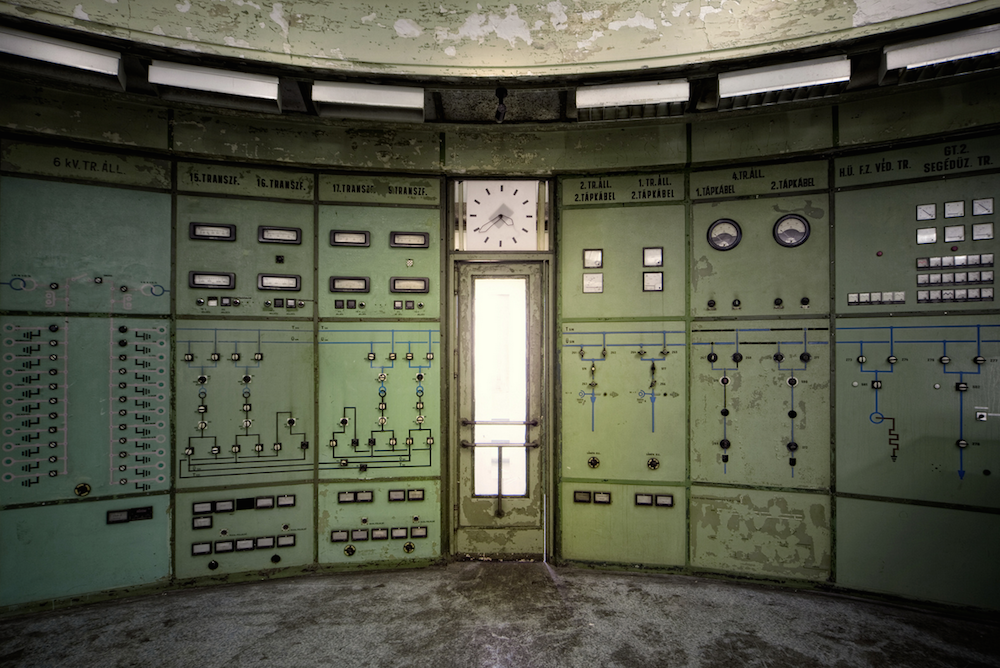
Abandoned control room of the Kelenföld Power Plant in Hungary, Budapest, a century-old facility that was once among the most advanced of its kind in the dawn of an electrical age. Shut down in 2005, more information here. (Source/ photographer)
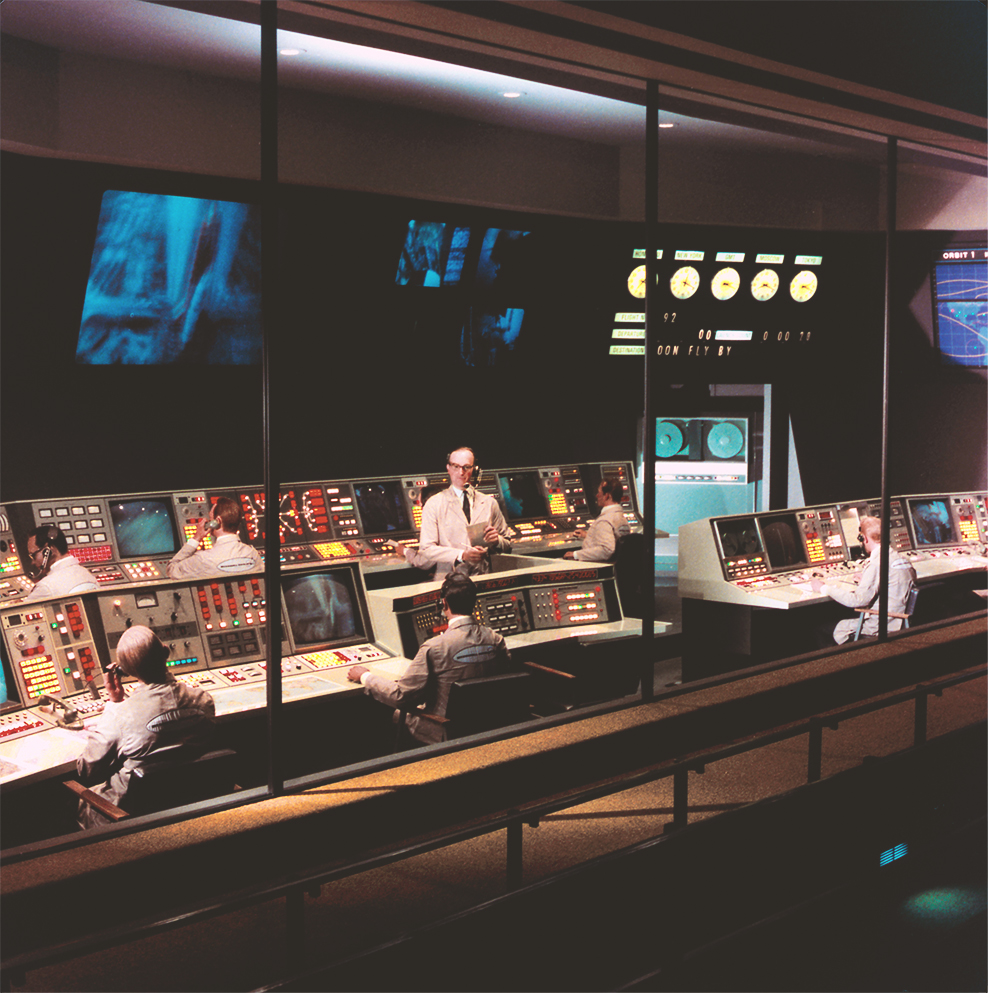
The 1967 Flight To The Moon attraction at Disneyland. This mission control room was part of the Disney queue pre-show, an area meant to help prep guests thematically for their simulator flight as well as ‘uplift’ the boredom of waiting the for next trip. (Source)
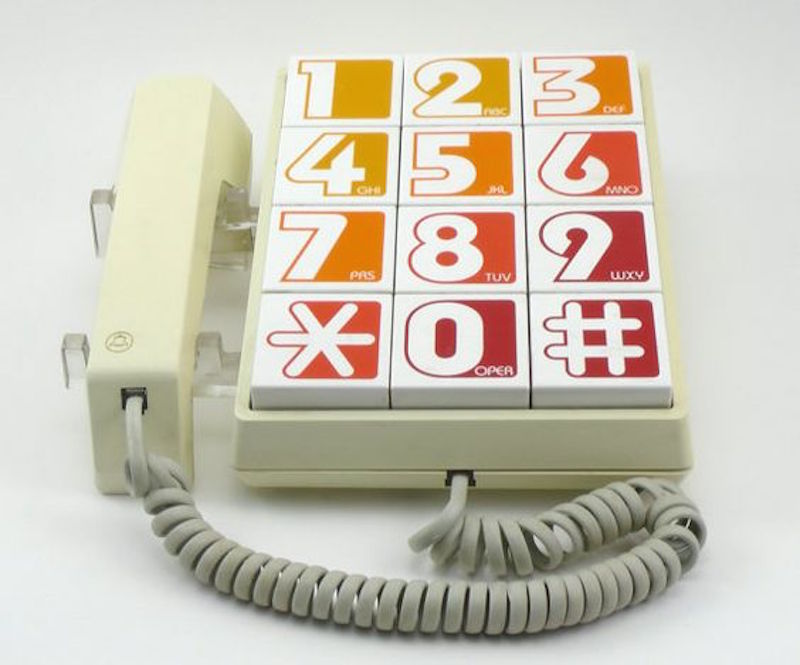
A vintage 1970s Western Electric Big Button Telephone. (Source)
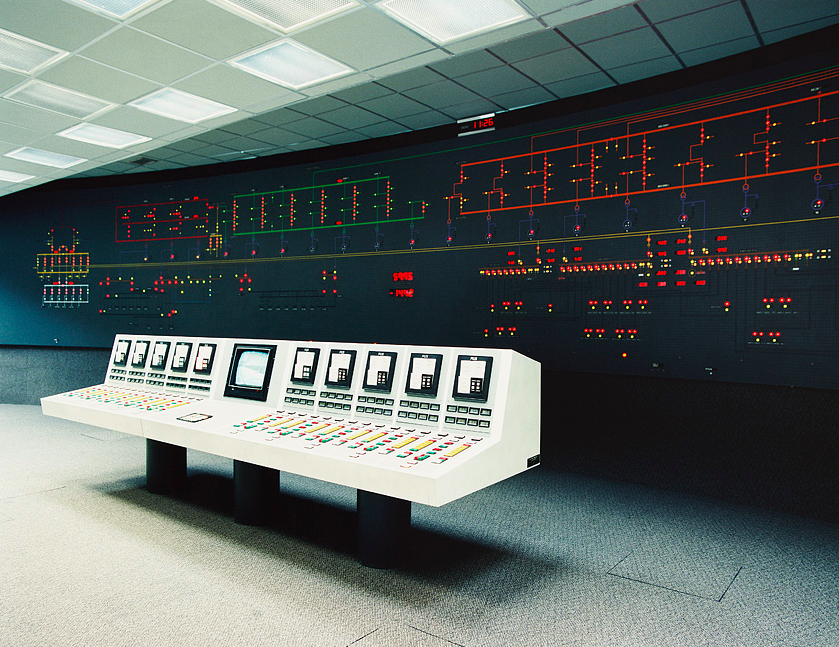
Hydro Power Project, Itaipu, Brazil (Source/ photographer).
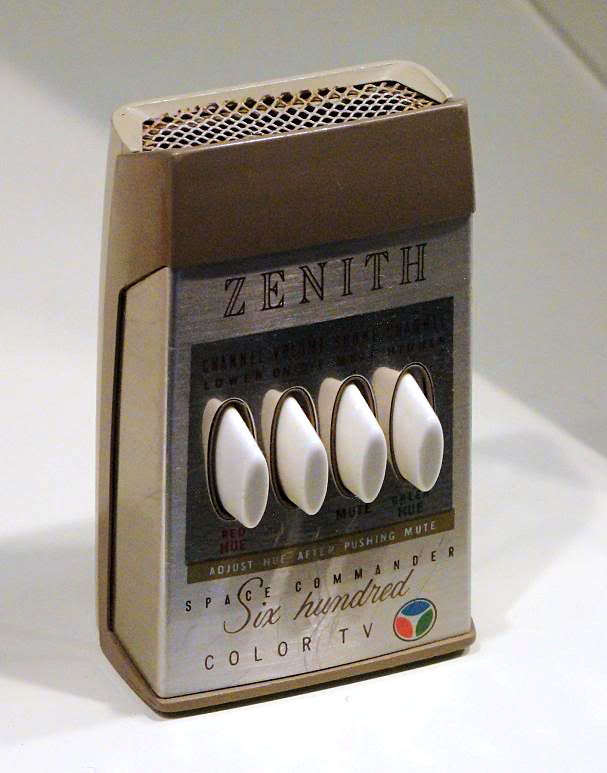
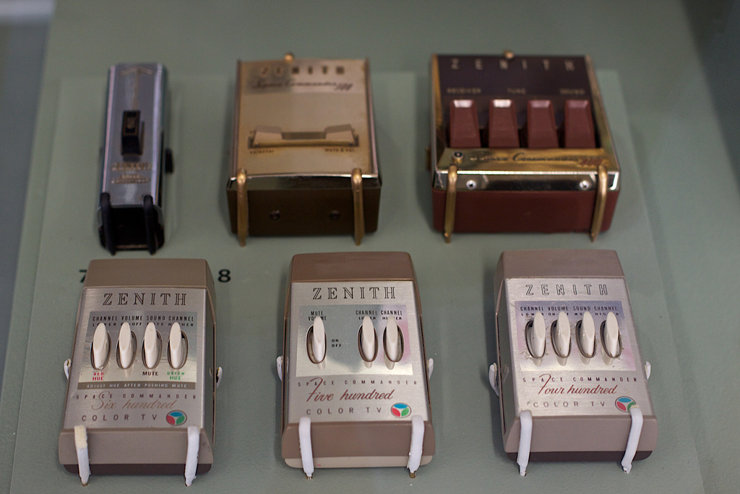
Vintage clickers (source)
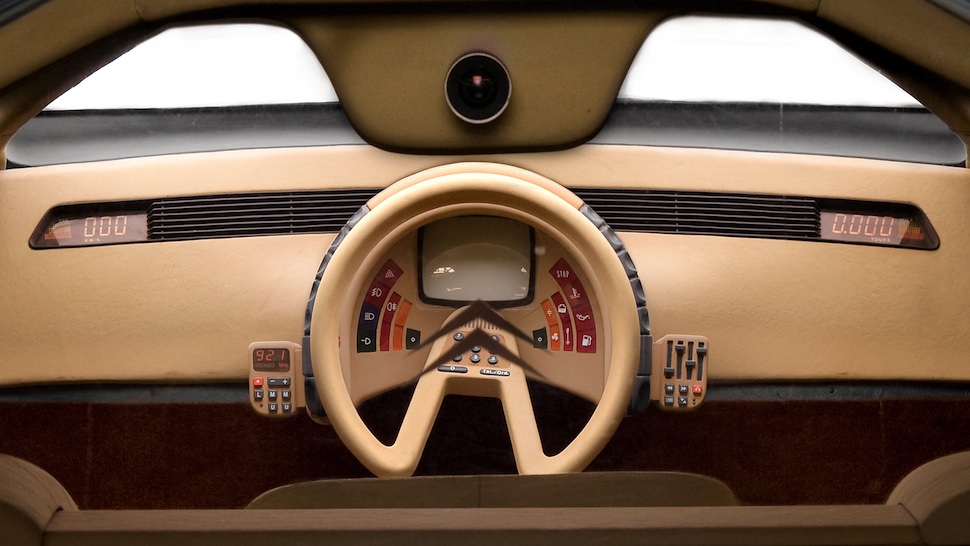
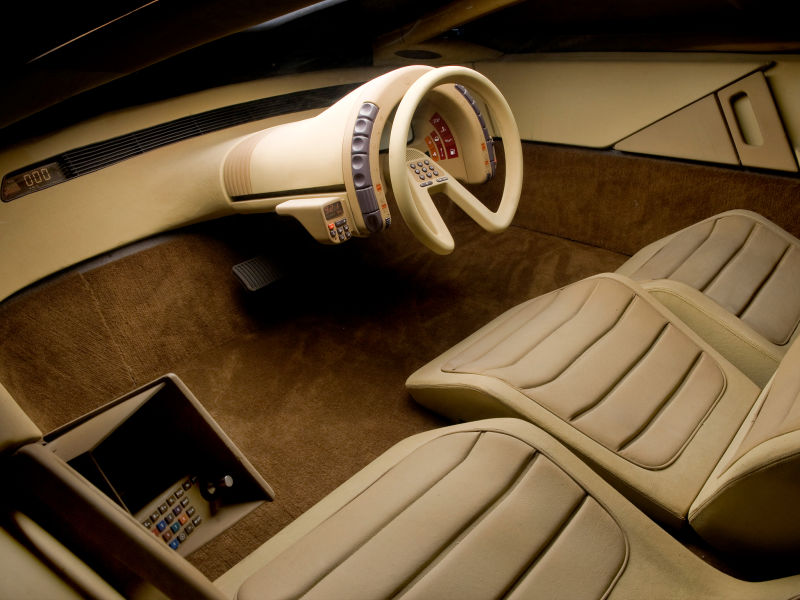
Citroën Karin, 1980. That’s a calculator in the door panel pull-out module. The highly functional fascia has every control at the driver’s fingertips. It includes an inboard computer with a screen displaying information about the car and the road. Small pop-up computers were also integrated into the door panels, ahead of the grab handle. Additional controls were mounted on each side of the pod so that the driver can adjust audio settings. (Source)
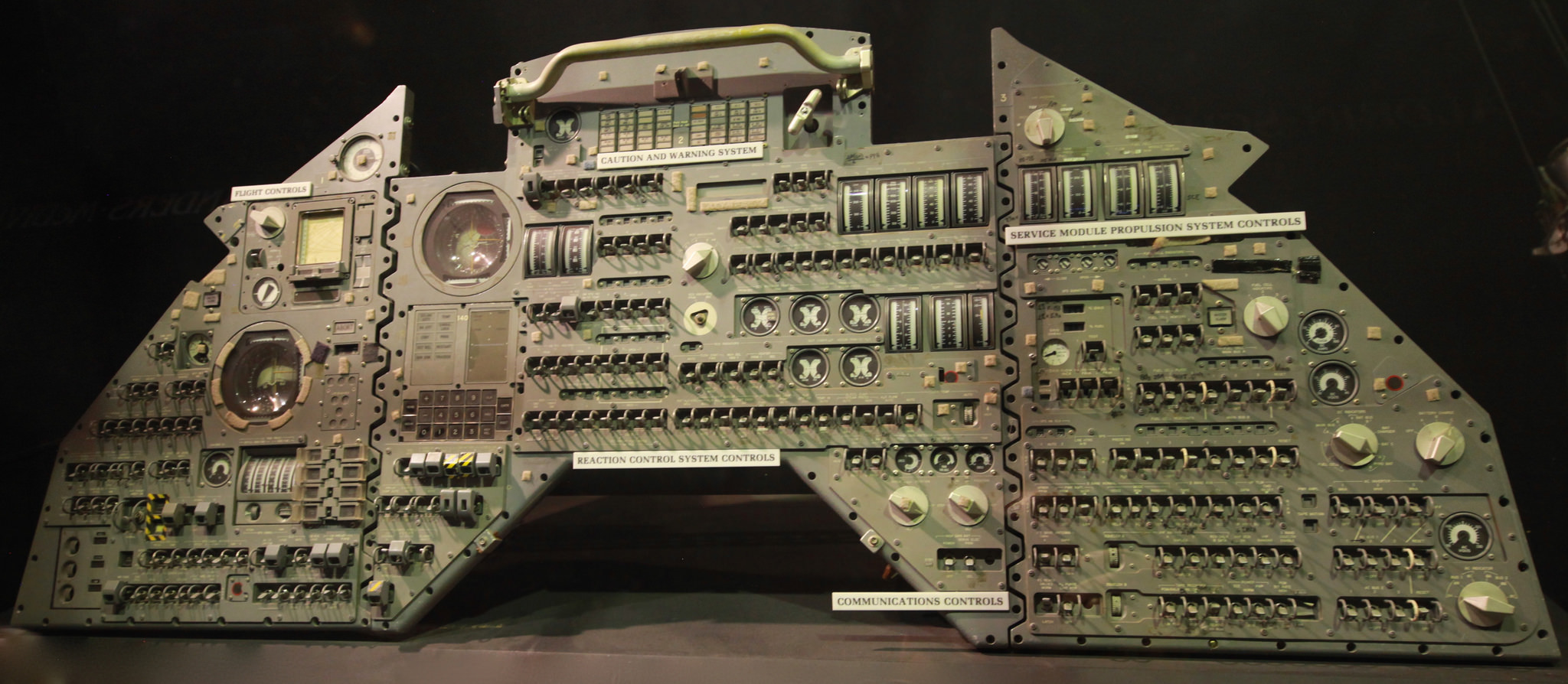
Apollo Command Module Flight Deck (Source).
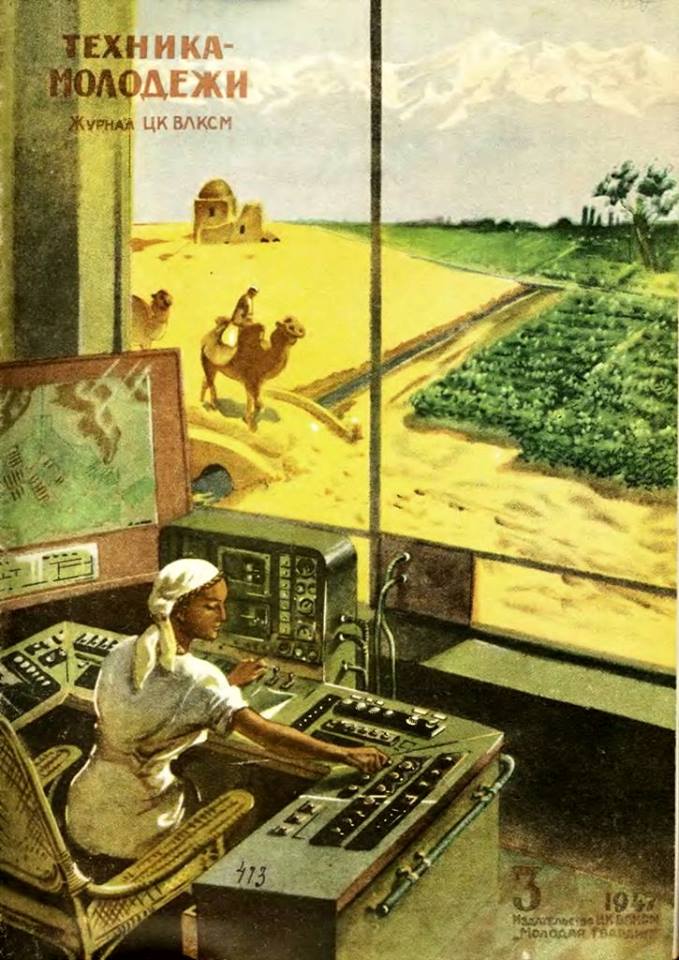
Soviet Retrofuturism. Tekhnika Molodezhi magazine was the Popular Mechanics of the Soviet Union. The magazine, whose name means Technology for the Youth, had illustrations of everything from space stations, computerised farming, transport of the future, friendly robots, to more abstract images. (Source)
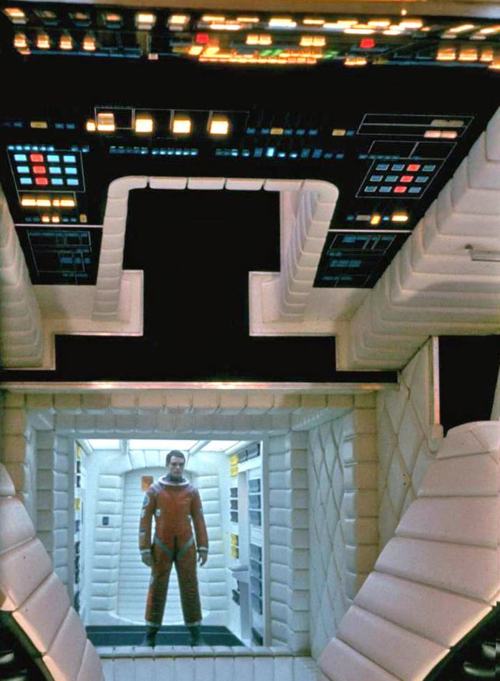
2001: A Space Odyssey control room (Source)
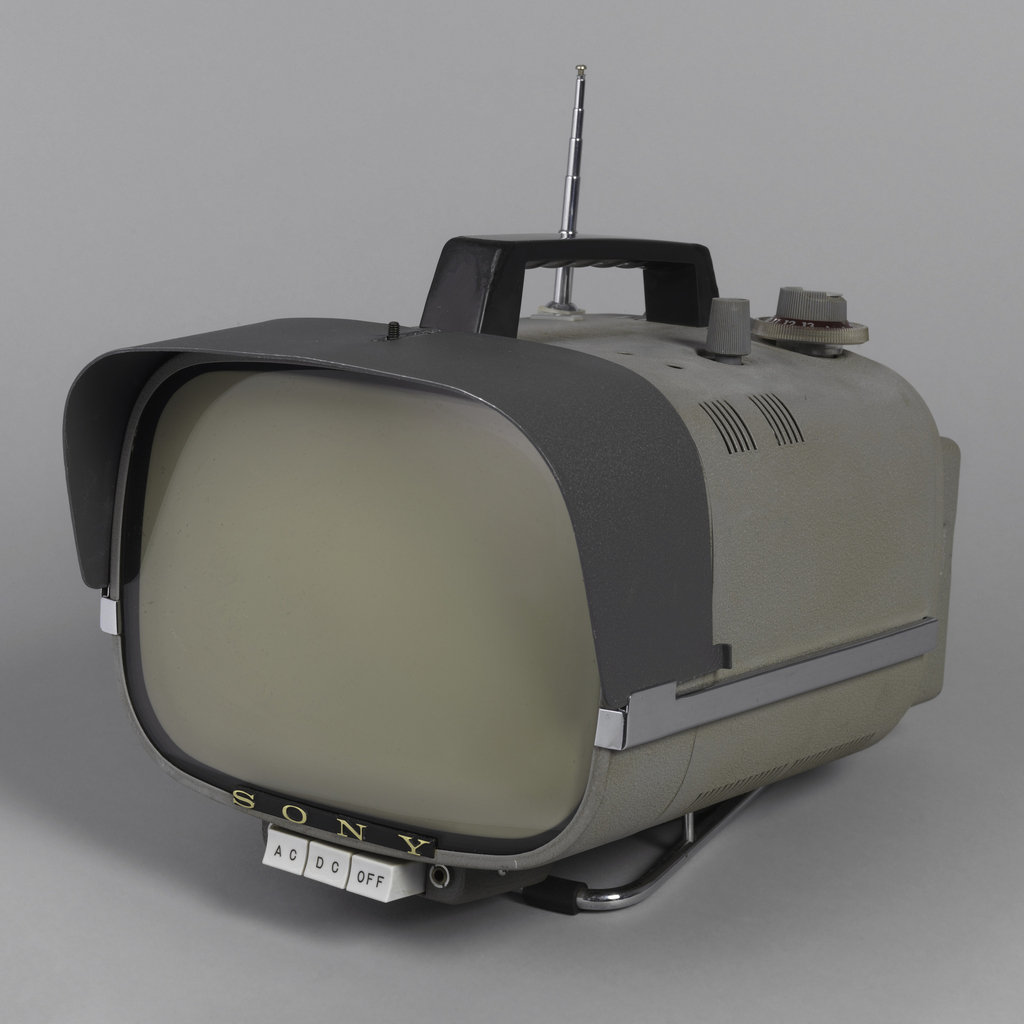
TV-8-301 Sony portable television, 1959. (Source)
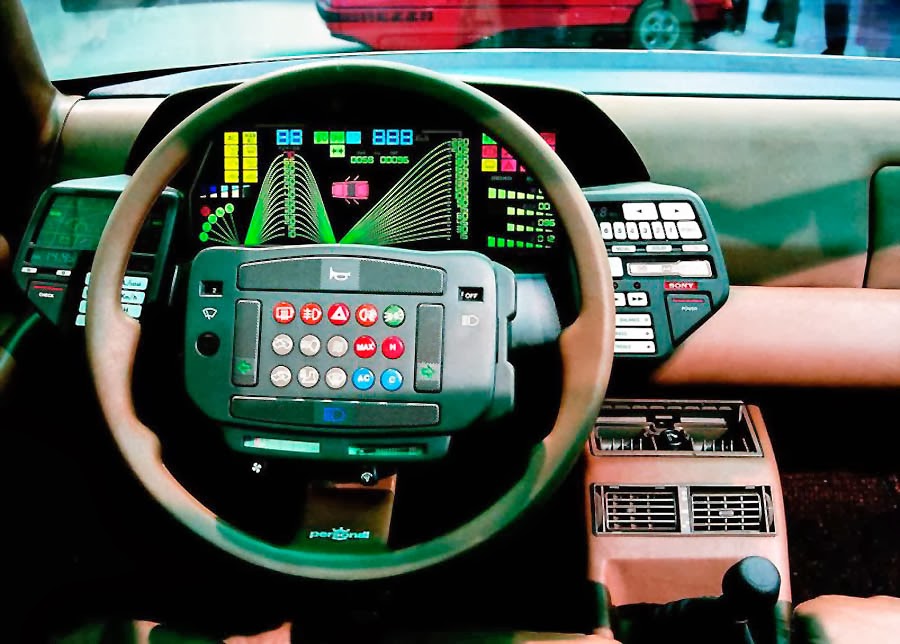
ItalDesign’s Lancia Orca dashboard. (Source)
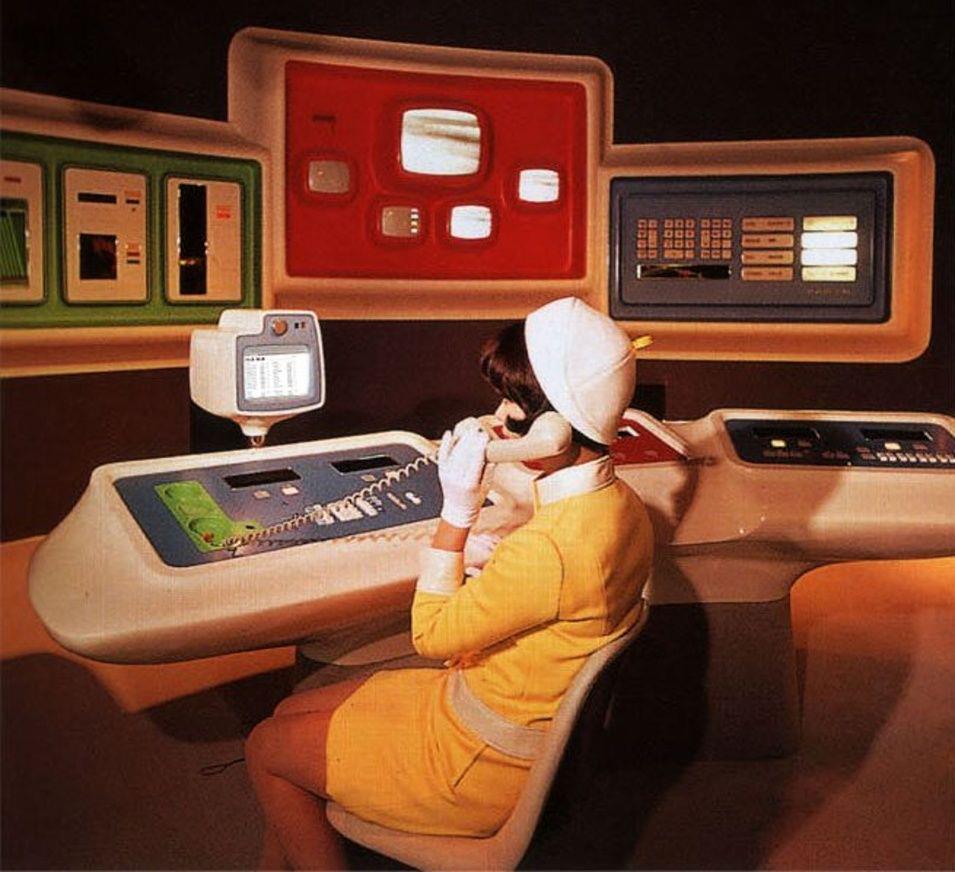
The Office Of The Future – New York World’s Fair, 1964. (Source).
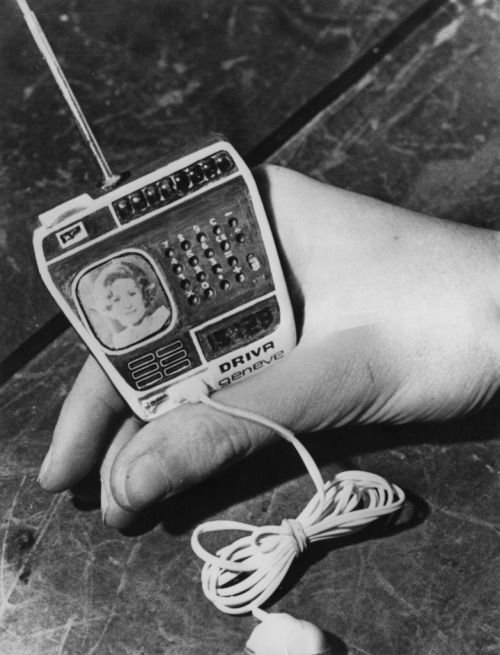
A watch, made by Driva Geneve of Switzerland, incorporating a TV, radio and calculator, 20th February 1976. The lead connects to a battery kept in the pocket. (Source).
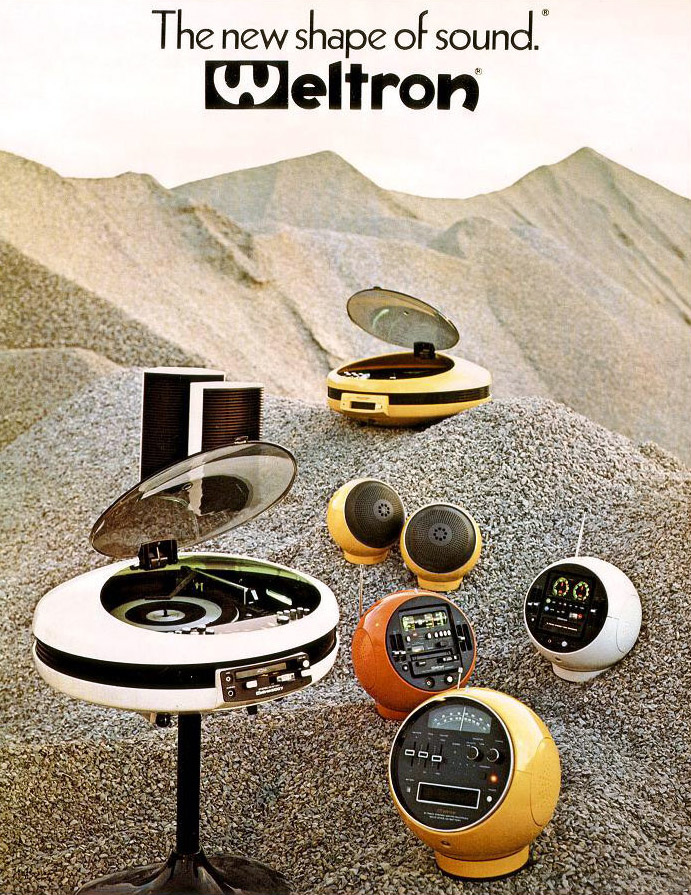
Weltron advertisement, 1970s (Source).
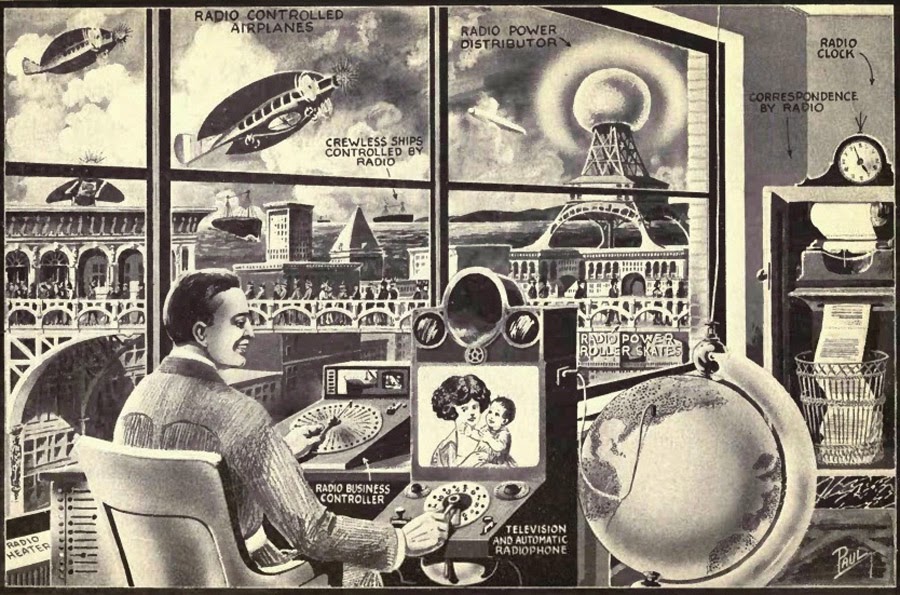
Frontispiece to Hugo Gernsback’s Radio for All, 1922. (Source)
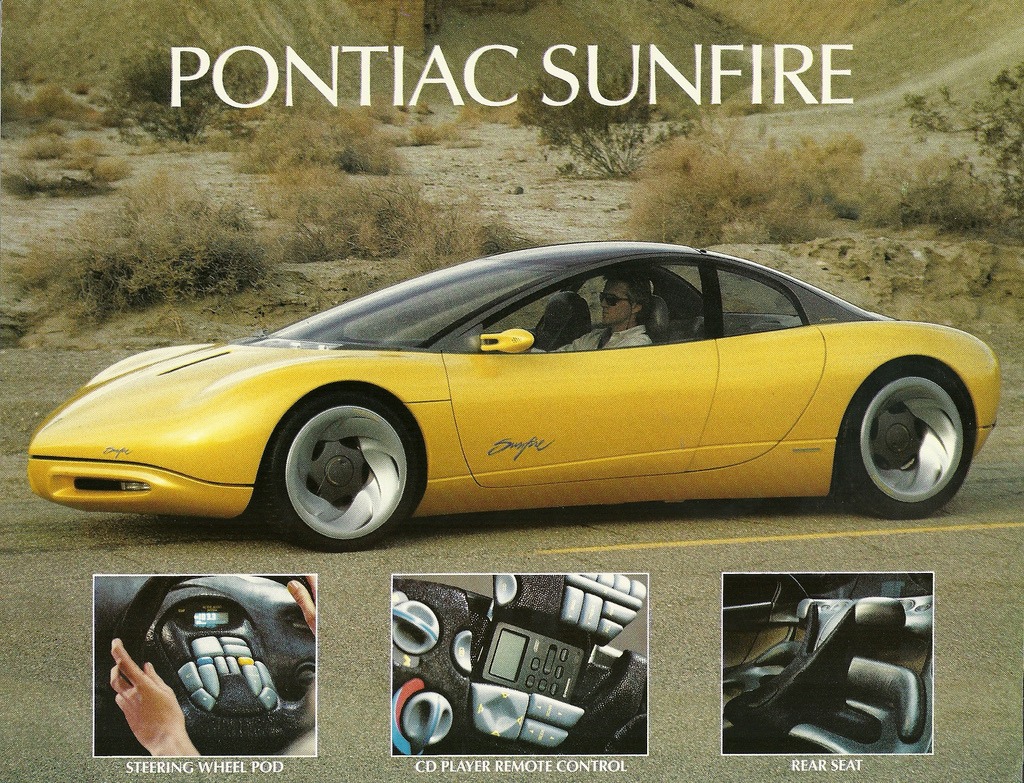
Check out the bubble buttons on the 1990 Pontiac Sunfire Concept Car. (Source).
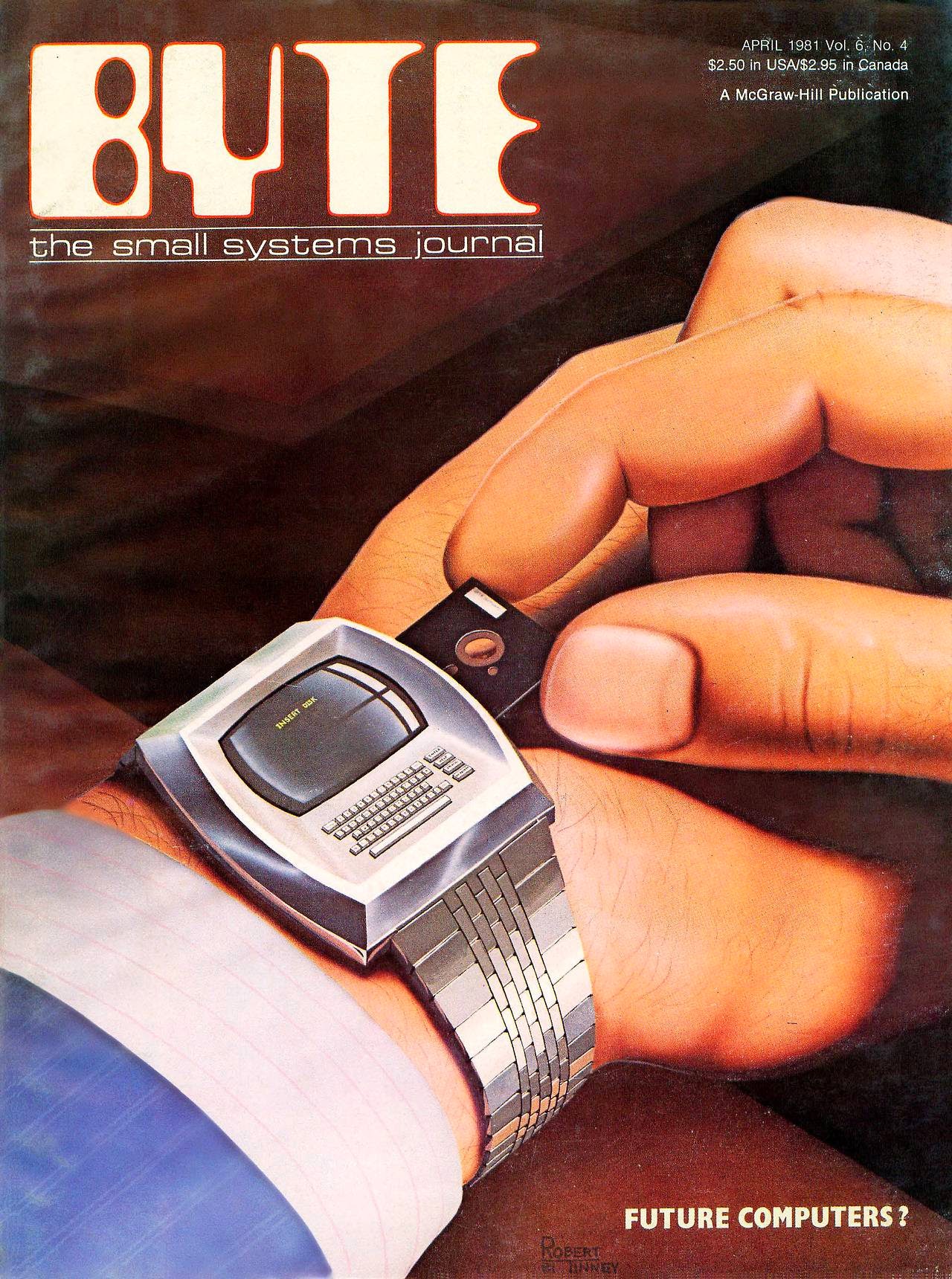
Cover of Byte magazine, 1977–83. (Source)
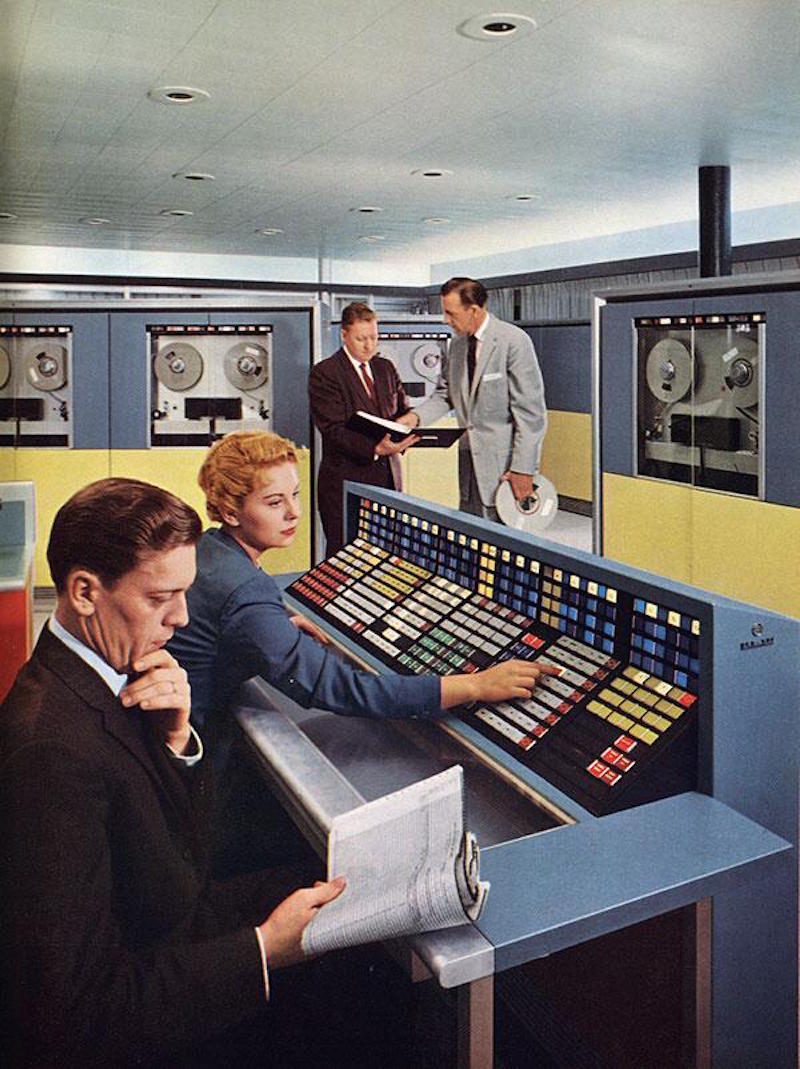
RCA computer room in 1959 (Source)
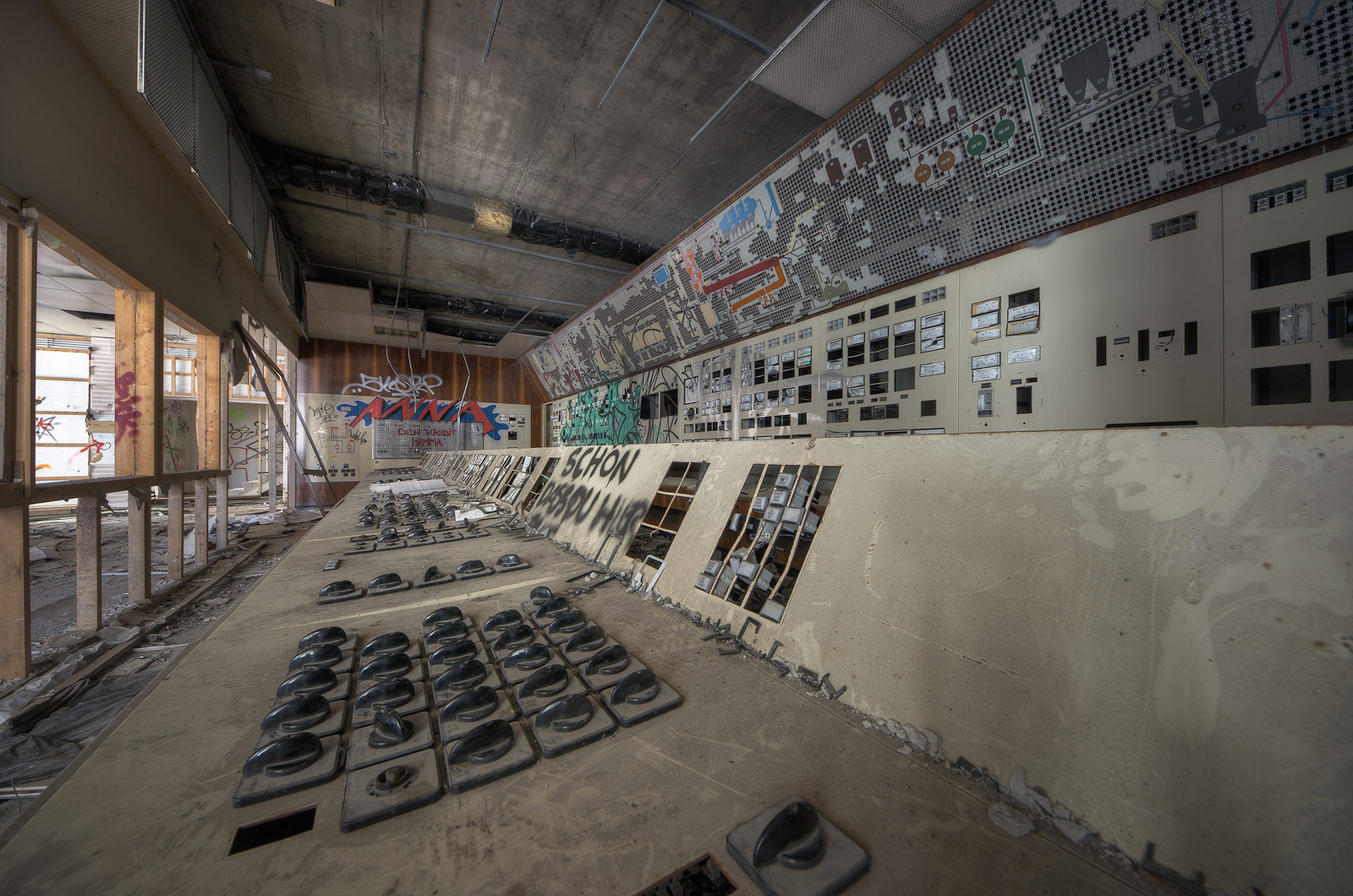
An abandoned control room, location unknown. (Source)
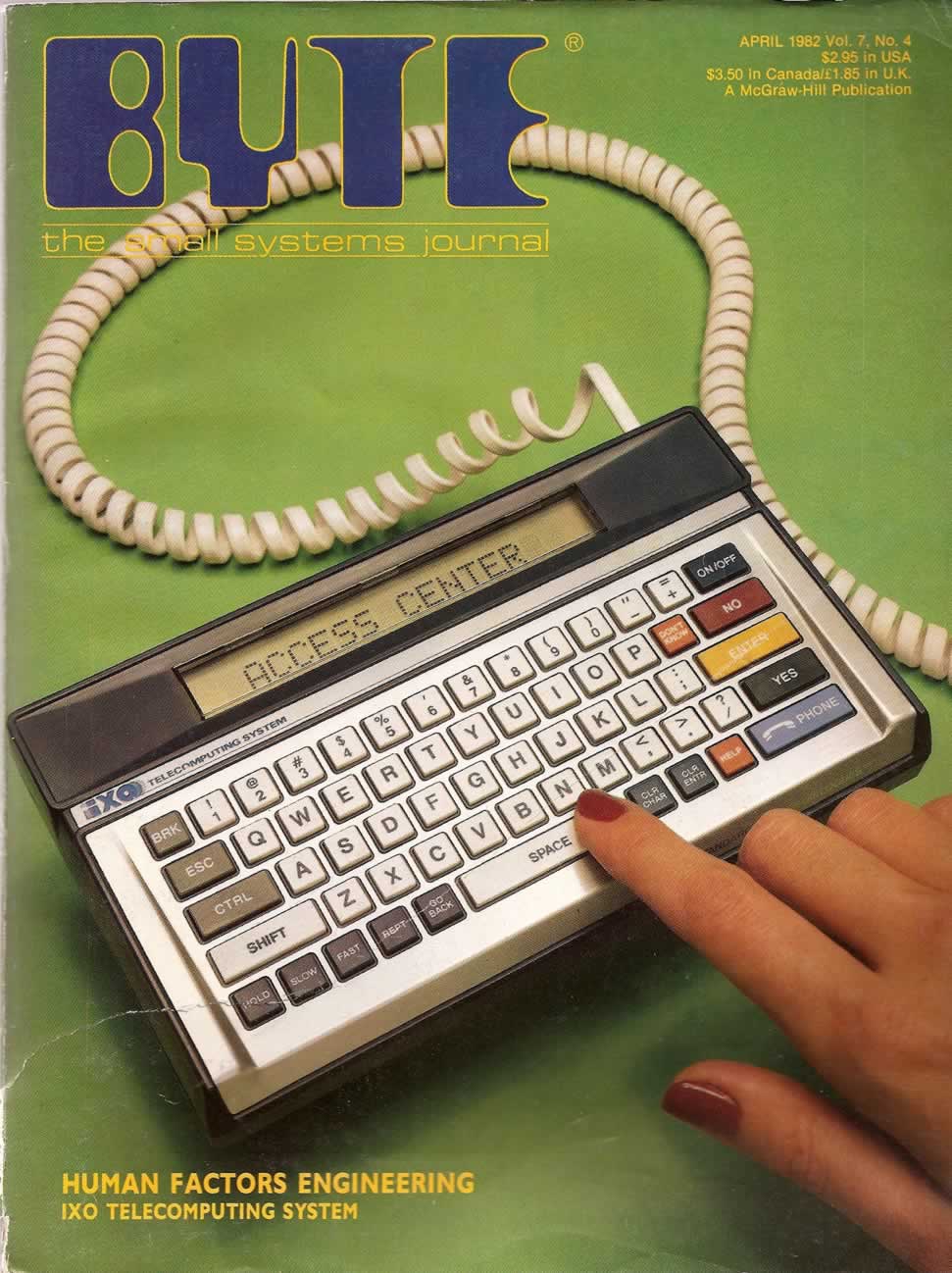
Cover of Byte magazine, 1977–83. (Source)
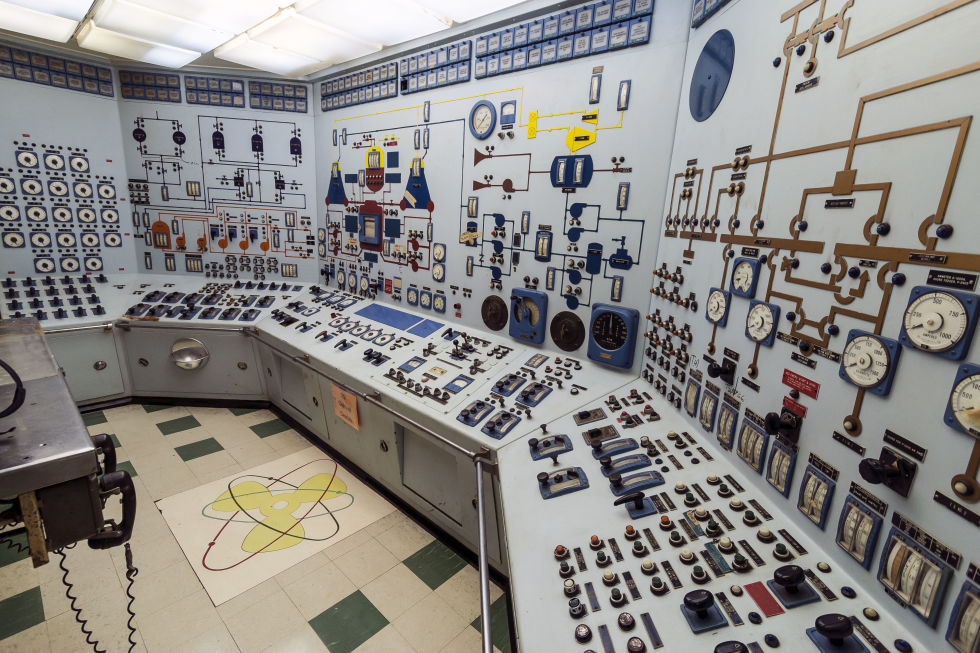
The control panel for the NS Savannah, the first nuclear merchant ship with a capacity for 60 passengers, 124 crew, and 14,000 tons of cargo. (Source)
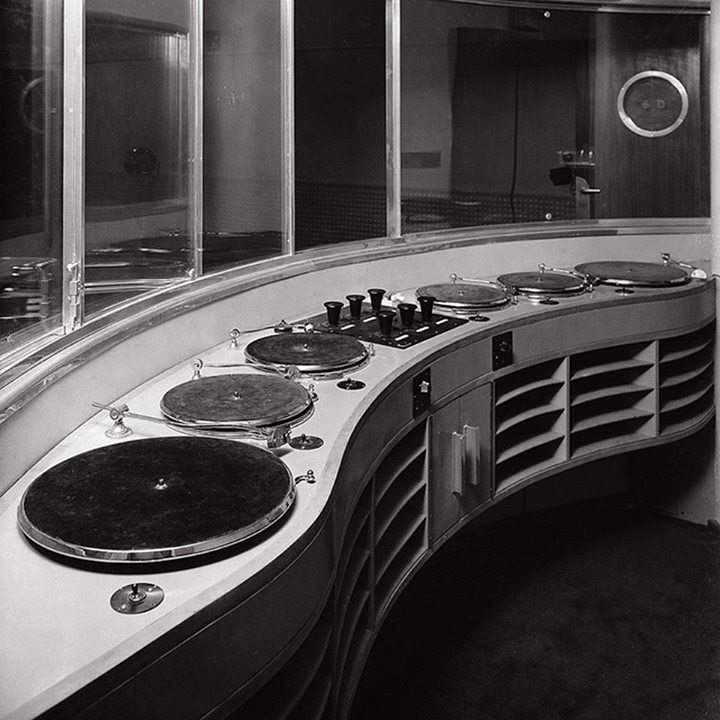
BBC Broadcasting 1932 with huge puttons to press in the middle? (Source)
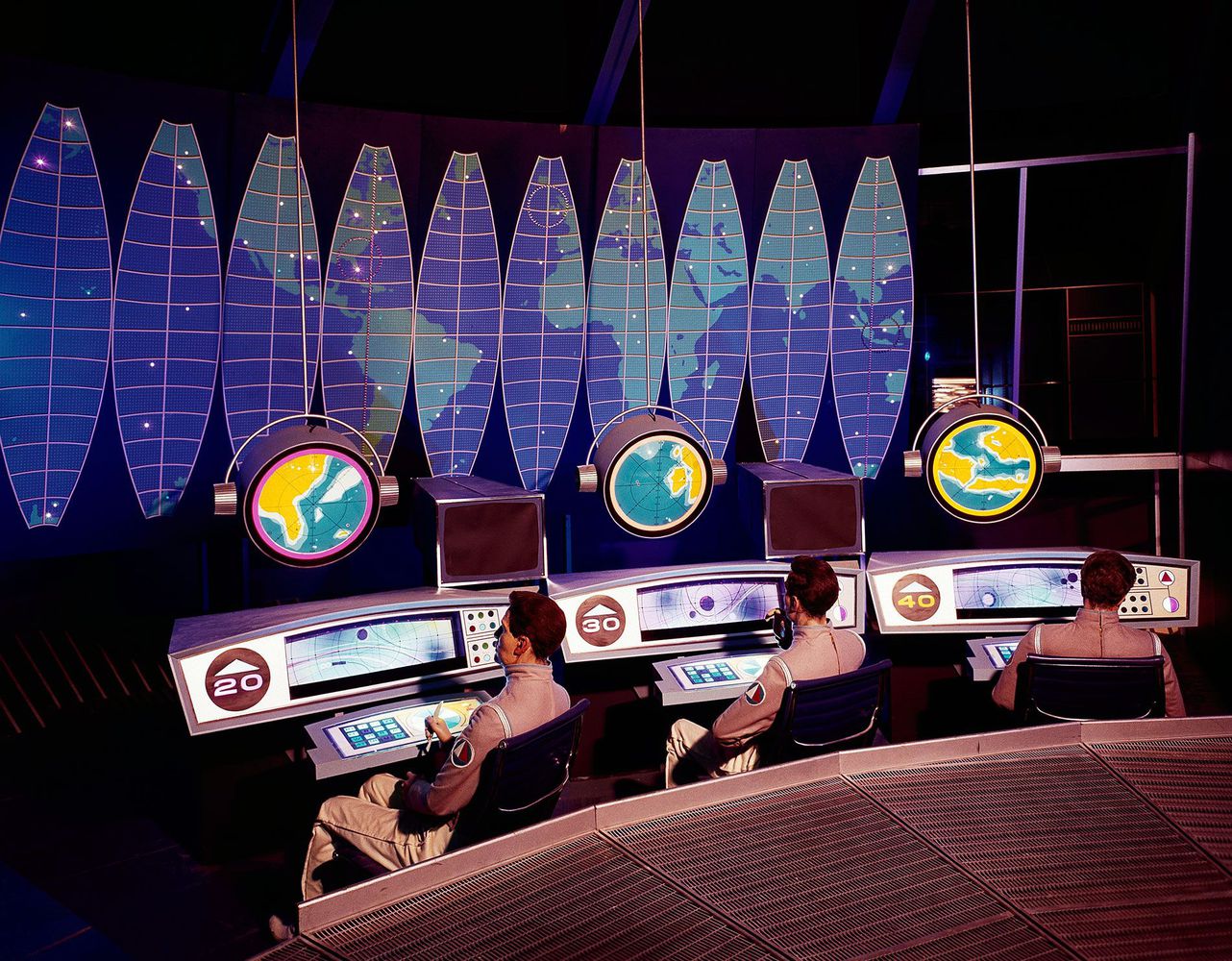
Weather station at the 1964 New York World’s Fair, which opened with radical technologies and dazzling futuristic displays. (Source).
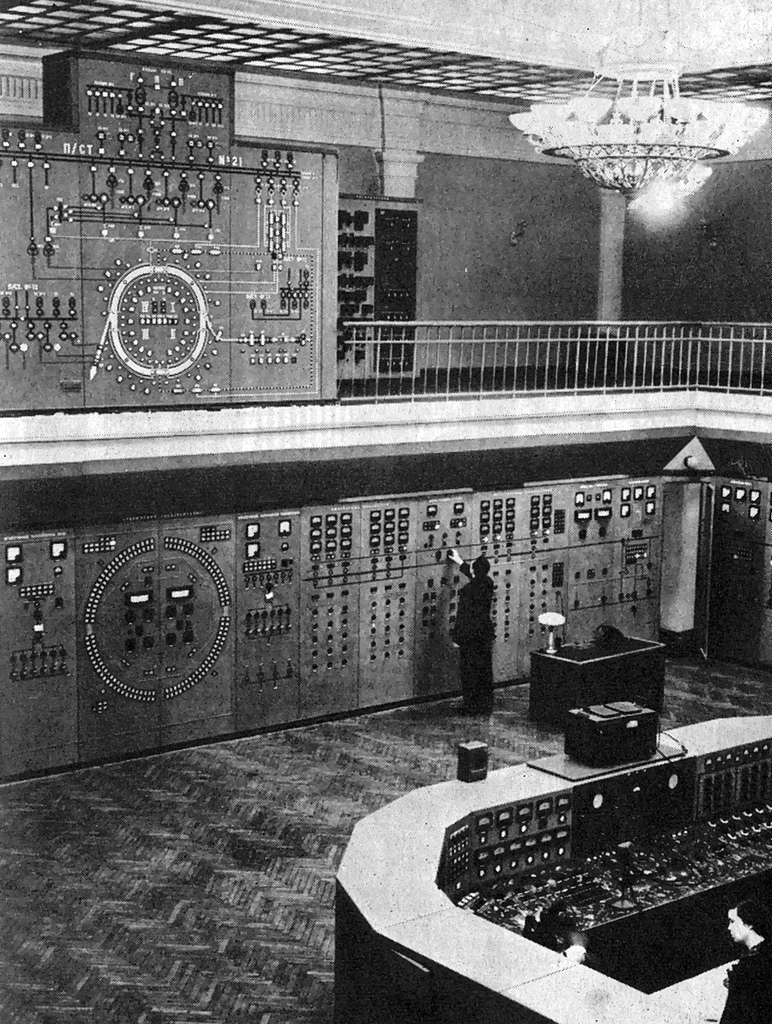
Control room of the USSR. (Source)

(Source)
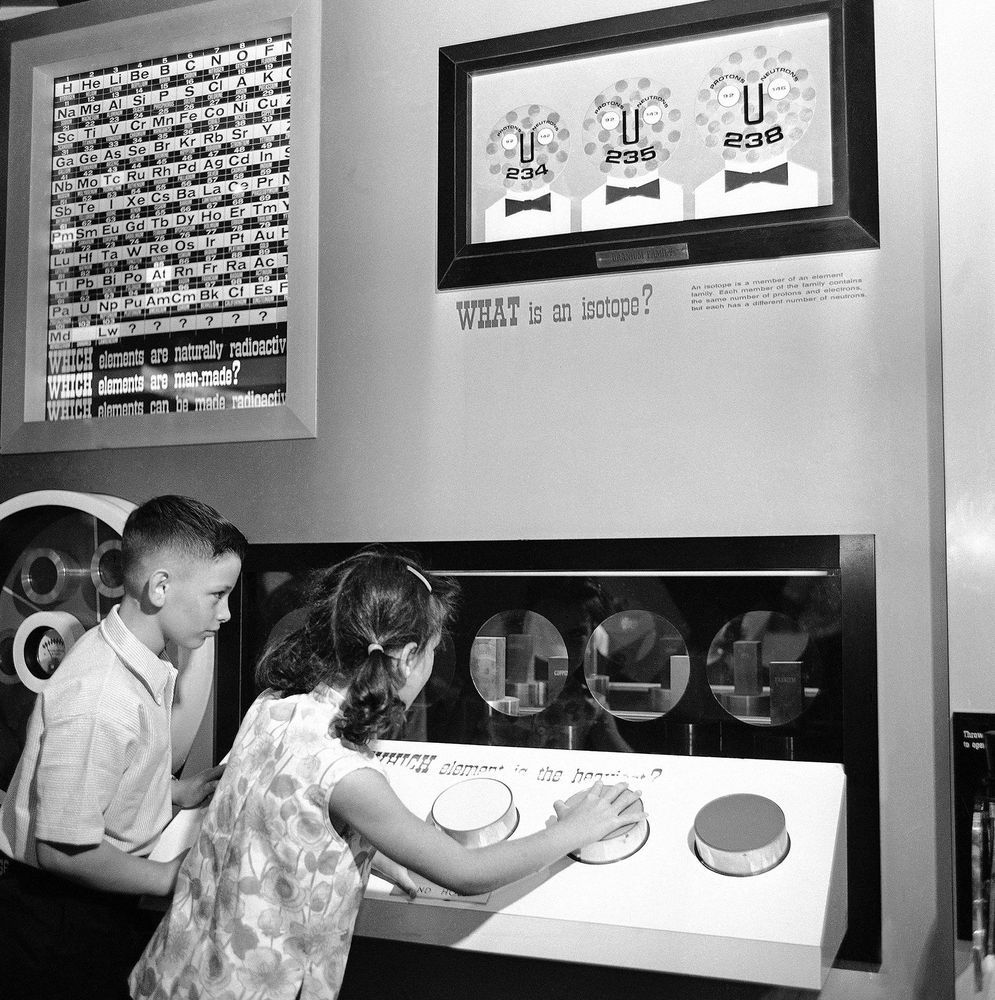
The Atomic Energy Commission at the NY World’s Fair 1964 teaching kids the fundamentals of atomic energy with interactive displays. (Source).


